Mediterranean Dry Woodlands and Steppe
The ecoregion’s land area is provided in units of 1,000 hectares. The conservation target is the Global Safety Net (GSN1) area for the given ecoregion. The protection level indicates the percentage of the GSN goal that is currently protected on a scale of 0-10. N/A means data is not available at this time.
Bioregion: South Mediterranean Mixed Woodlands & Forests (PA23)
Realm: Southern Eurasia
Ecoregion Size (1000 ha):
29,285
Ecoregion ID:
797
Conservation Target:
37%
Protection Level:
5
States: Algeria, Morocco, Libya, Tunisia, Egypt
The mountain ranges of the Mediterranean Dry Woodlands and Steppe ecoregion buffer the North African Mediterranean coast against the sands of the Sahara Desert. Arid, high plateaus with steppe grasses and shrublands, seasonal salt lakes and mountain slopes of pine forest provide a stark but beautiful landscape used by pastoral sheep and goat farmers for countless generations.
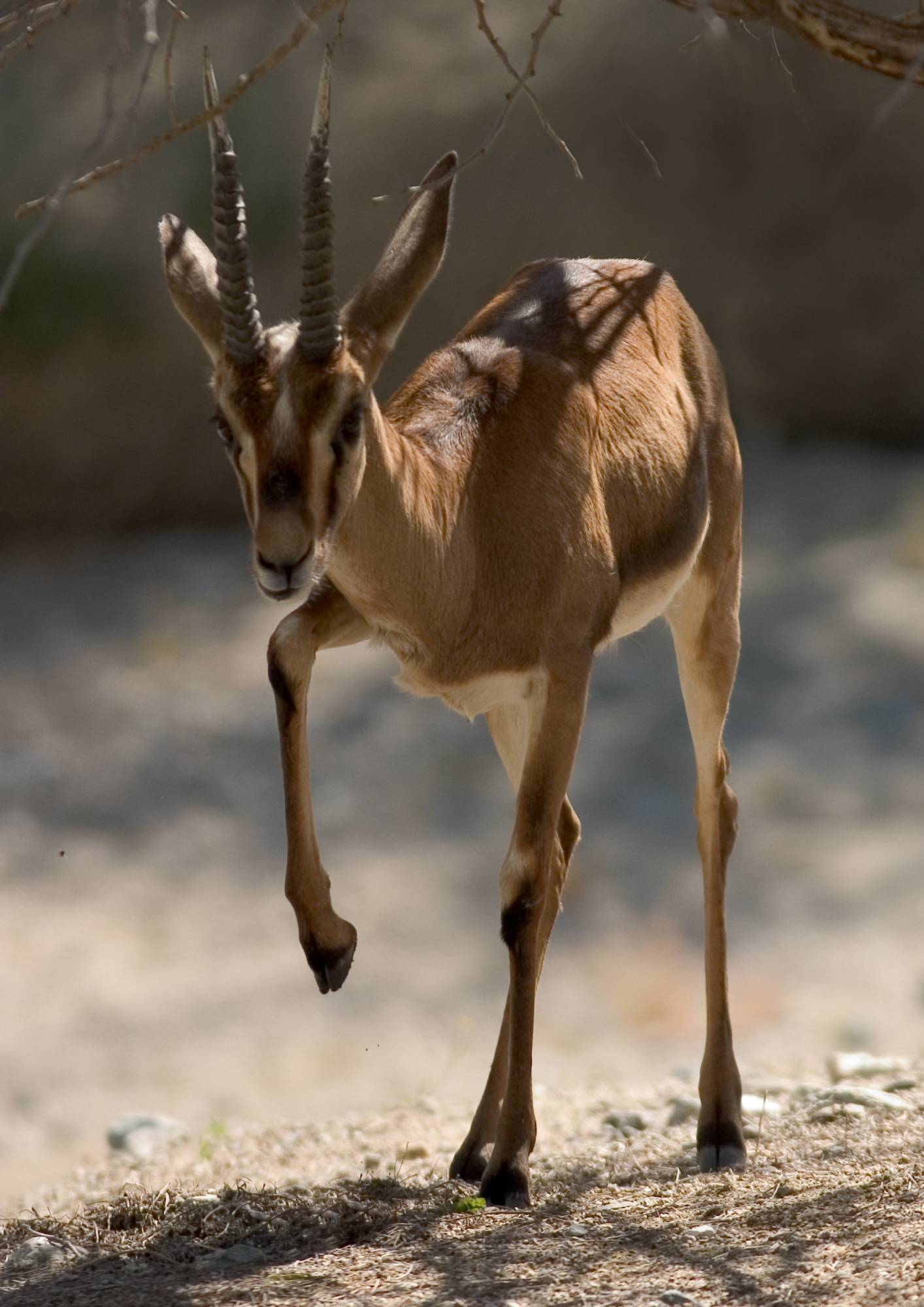
The flagship species of the Mediterranean Dry Woodlands and Steppe ecoregion is the Cuvier's gazelle.
This ecoregion stretches from eastern Morocco across northern Algeria to the Mediterranean coast of Tunisia. Southern slopes of the Tell Atlas Mountains, the Saharien Atlas Mountains and the high plains between them are included. Outlying areas are found in Libya, firstly the Jifarah plain between the Nafusa mountains and the sea and secondly a narrow band between the Jebel Mountain region and the North Saharan Steppe and Woodlands ecoregion.
A third outlier occurs in northern Egypt, west of the Nile Delta. Considered a buffer between the moister Mediterranean woodlands and forests ecoregion and the northern Sahara, much of the ecoregion is elevated, the highest point being over 2,200 m. The climate is mainly arid, with temperatures ranging from zero to 45°C. The western part of the ecoregion has average temperatures of 7–28°C and a total annual rainfall of 231 mm. Temperatures in the Egyptian outlier are 14–27°C, with annual rainfall of 183 mm.
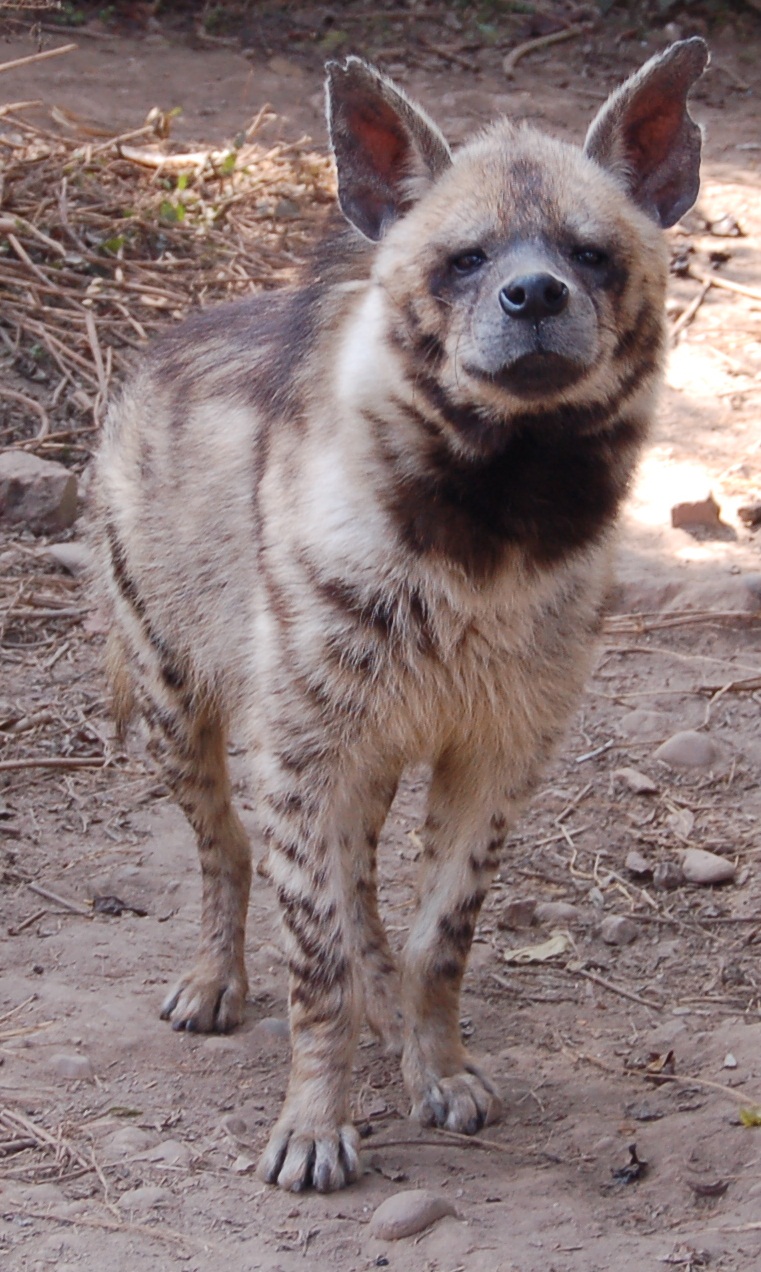
Striped hyena. Image credit: Creative Commons, Mariomassone
Large areas of this ecoregion are sand and gravel. There are seasonal saline lakes and wetlands, and the ecoregion is characterized by calcareous slabs called “dalles”. On slopes of the Tell and Sahara Atlas Mountains there are areas of Aleppo pine forest. Much of the landscape is covered by a grassland mosaic, dominated by needle grass (alfa) and esparto grass. Patches of white wormwood shrubland occur in areas of silt accumulation.
The North African endemic Anacyclus cyrtolepidioides, Egyptian mallow, silvery plantain, and broadleaved cottonrose are examples of the many species found in association. While most plant species are widespread, there is an important area of endemism in and around the Jebel Mountain region with species including Crocus boulosii, Cyclamen rohlfsianum, and Arbutus pavarii.
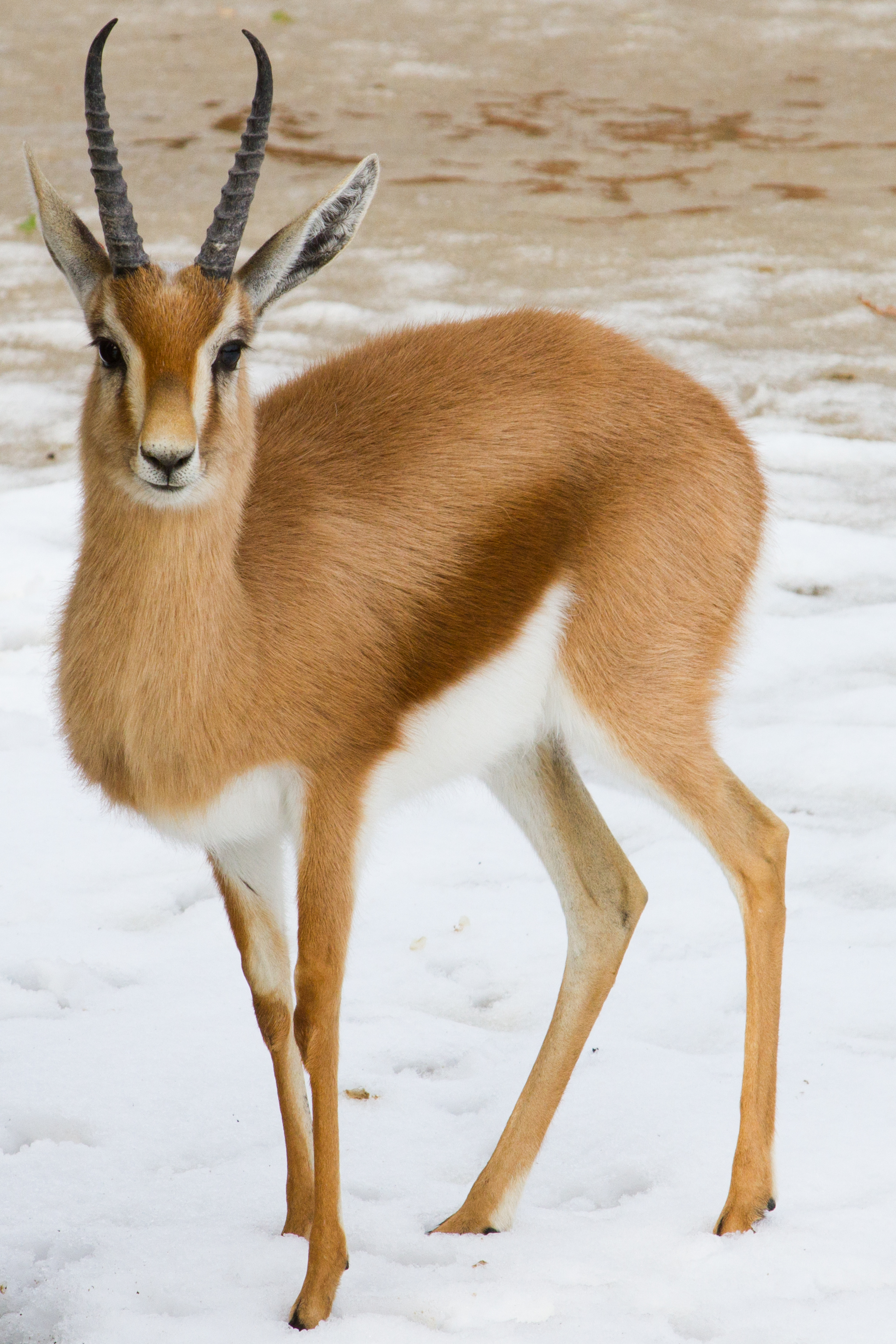
Dorcas gazelle. Image credit: Creative Commons
Notable animals vary somewhat from west to east, with the endangered Barbary macaque reported at the Moroccan end of the ecoregion and endemic Lataste’s gerbil in the east. Endemic Cuvier’s gazelle, Aoudad, Dorcas gazelle, golden jackal, wild cat, and several small mammals such as the endemic common gundi and the North-African sendi utilize this harsh environment. There is little avian endemism, but the ecoregion is important for migrating birds and some rare residents such as the critically endangered slender-billed curlew, endangered white-headed duck, Egyptian vulture, African houbara, common pochard, golden eagle, and pharaoh eagle owl.

North African ostrich. Image credit: Creative Commons
There is debate whether this ecoregion was originally forested. In Libya and Egypt, the vegetation has been severely degraded by grazing pressure and firewood collection. In the High Atlas, the vegetation has also been damaged by the removal of the Argania scrub, replaced in the west by species of Euphorbia. In areas where soil quality is good and permanent water occurs, increasing areas of irrigated crops such as olive, citrus, and cereals are grown. The effectiveness of afforestation efforts using Aleppo pine are as yet unclear.
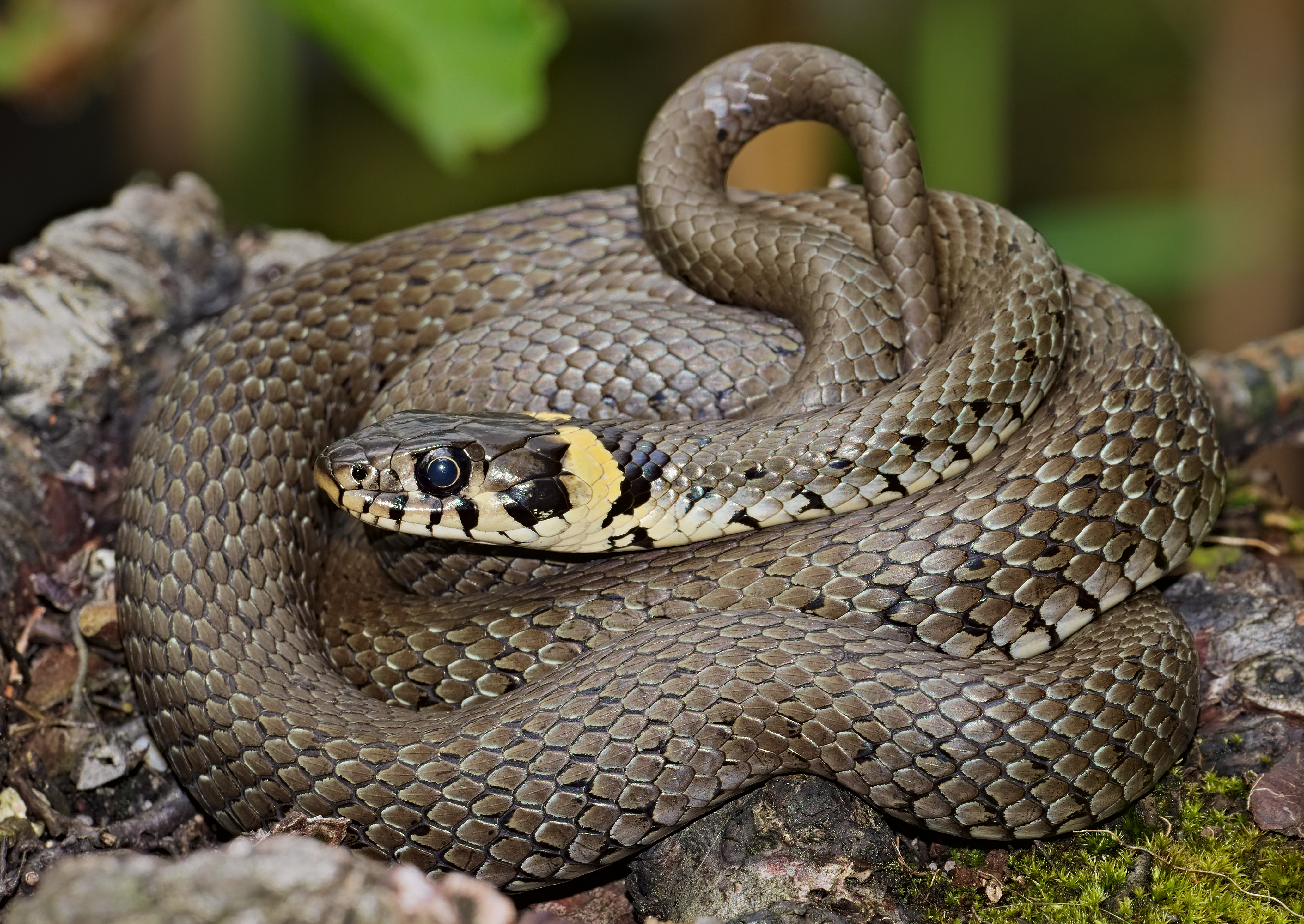
Grass snake. Image credit: Andreas Eichler, Creative Commons
This ecoregion is under serious threat of desertification due to deforestation, overgrazing and crop growing, prolonged drought exacerbated by climate change, and the geographical proximity of the northern Sahara. In the east of the ecoregion, civil war and associated displacement of human populations have led to pollution problems, deforestation, uncontrolled hunting of migrating bird populations, and unplanned coastal development.
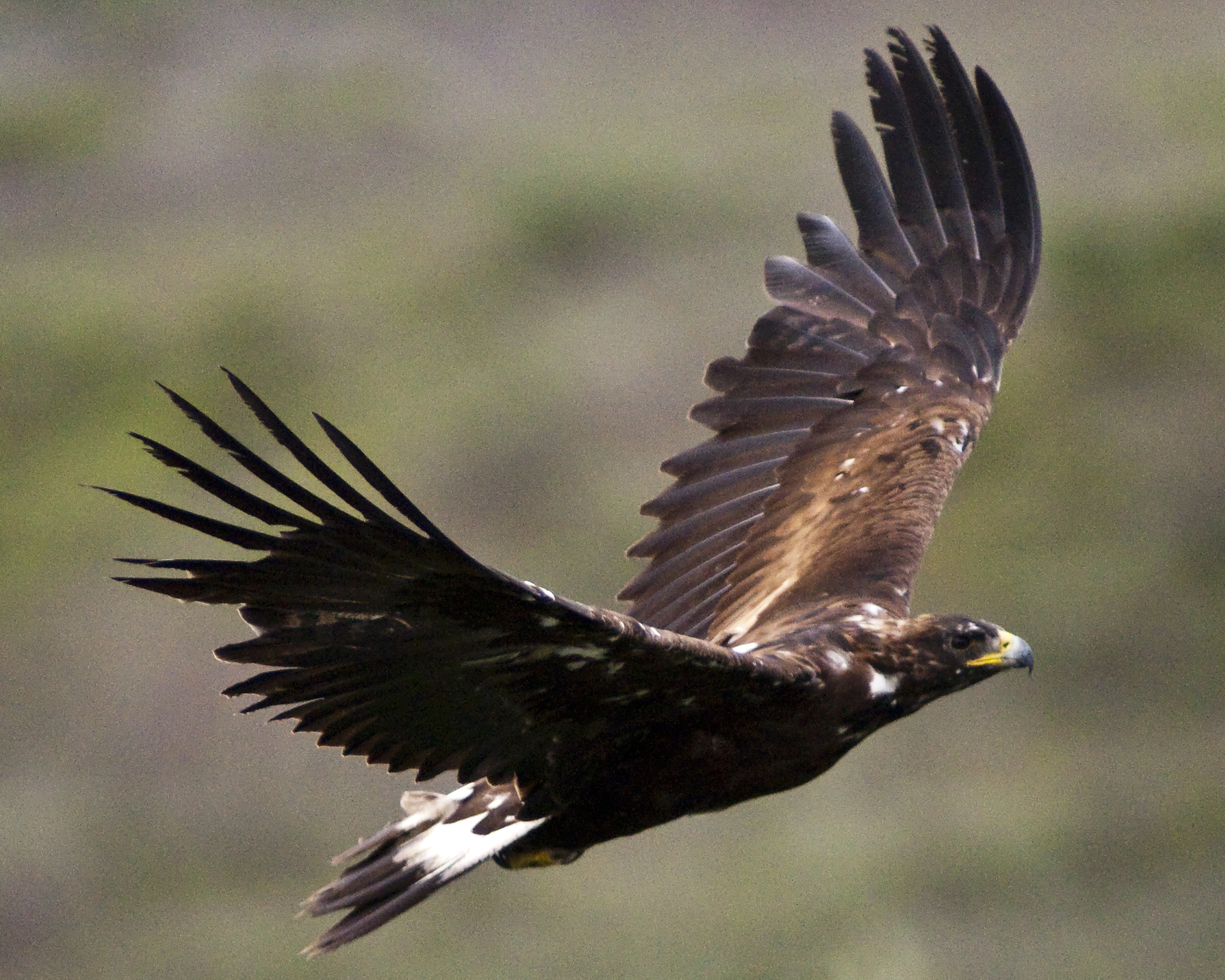
Golden eagle. Image credit: Kent Miller, Creative Commons
The priority conservation actions for the next decade will be to: 1) create legally protected areas within Algeria and Libya with associated management plans; 2) involve local communities with grazing strategies to combat overgrazing and desertification; and 3) research and implement climate change mitigation strategies such as groundwater management and afforestation.
Citations
- WWF. 2018. Northern Africa: Algeria, Egypt, Libya, Morocco, and Tunisia [Online]. [Accessed 26th July 2019]. Available from: https://www.worldwildlife.org/ecoregions/pa1213
- Joint Research Centre of the European Commission. 2019. The Digital Observatory for Protected Areas (DOPA) Explorer 3.1: Mediterranean Dry Woodlands and Steppe. [Online]. [Accessed 26th July 2019] Available at: https://dopa-explorer.jrc.ec.europa.eu/ecoregion/81213
- Saifi, M., Ahmed, M. & Hanafi and Tahar, H.M. 2016. Grazing effect on floristic diversity and structure in arid rangelands of Algeria. International Journal of Advanced Research. 4, pp.612-617. DOI:10.21474/IJAR01/1837.
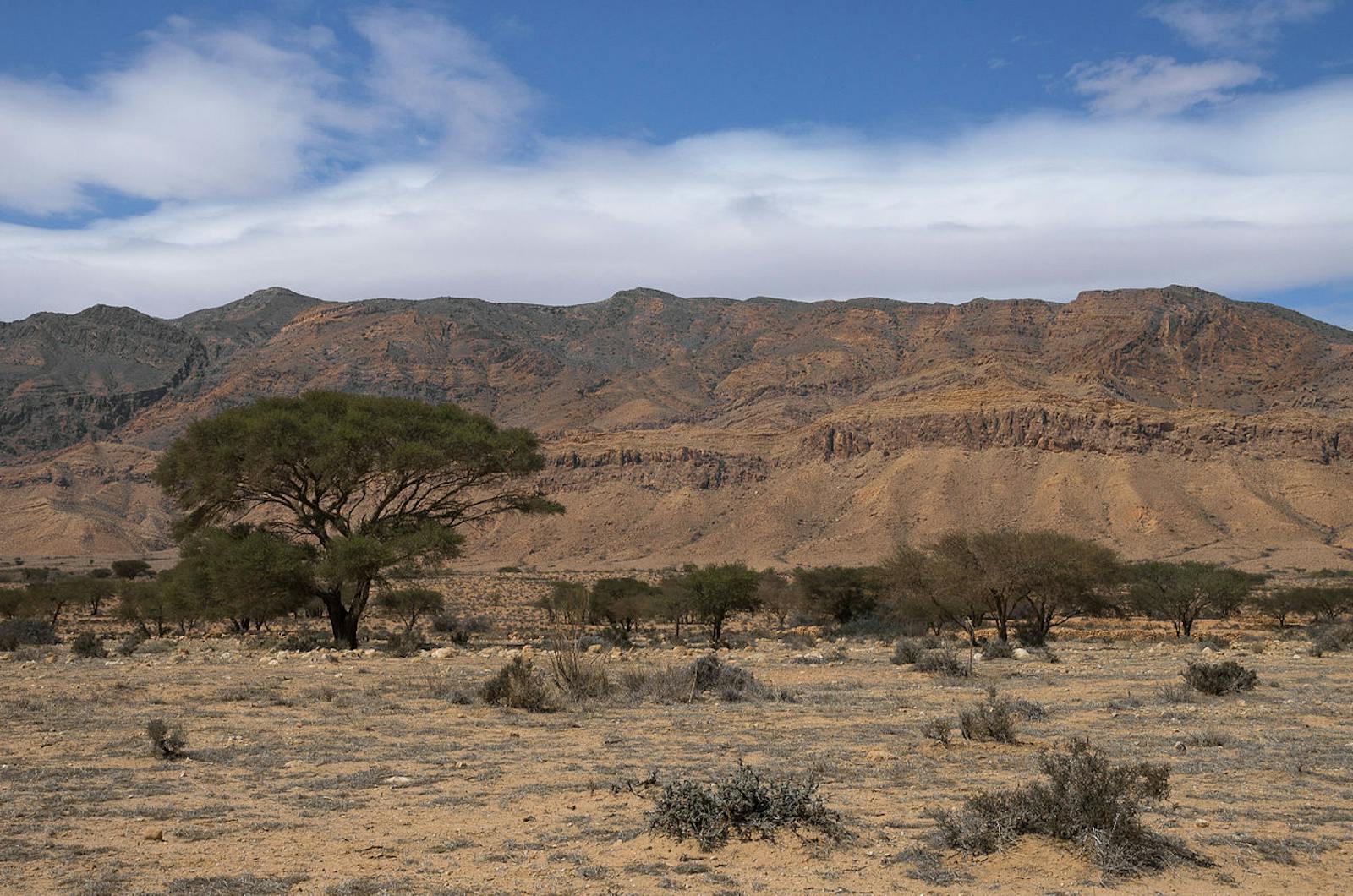
.png?auto=compress%2Cformat&w=300)

